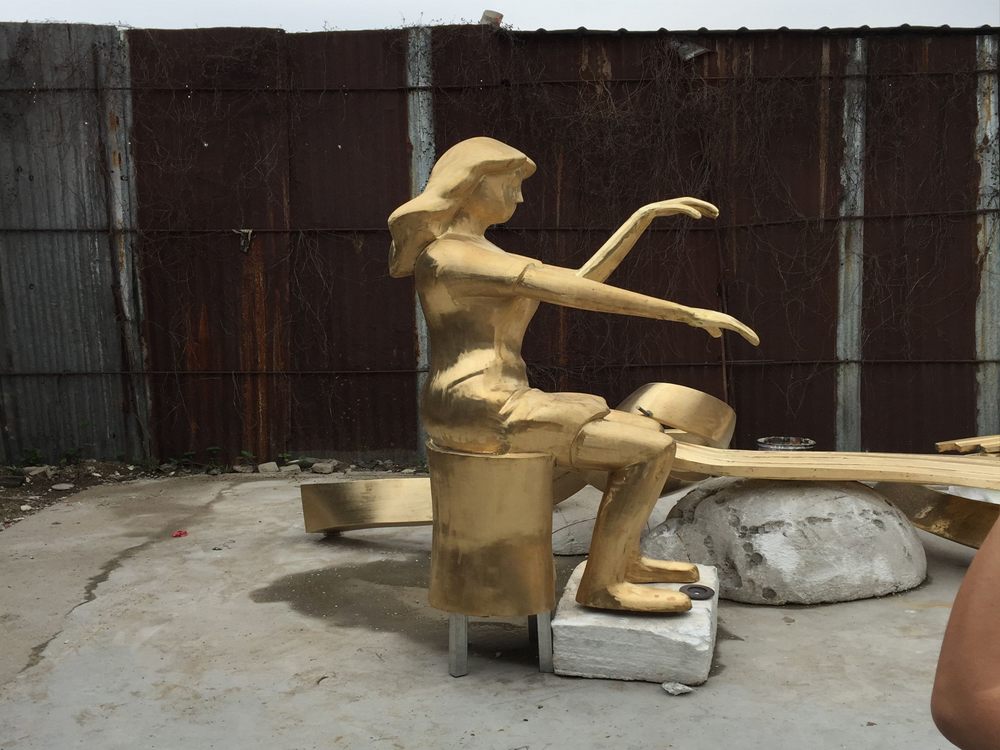
Achieving a mirror-like finish in wood carving is a meticulous art that relies on understanding how wood reacts to polishing. Skilled carvers leverage the natural properties of wood grain, density, and texture to create flawless reflective surfaces.
The process begins with selecting the right wood species. Hardwoods like maple, cherry, or ebony are preferred for their tight grain structure, which polishes more uniformly. Carvers then meticulously sand the surface through progressively finer grits, removing microscopic imperfections.
As polishing compounds are applied, the wood’s cellular structure plays a crucial role. The friction generates heat, causing natural oils and resins to rise to the surface. This creates a self-sealing effect that enhances shine. Burnishing with non-abrasive materials like cotton or leather aligns wood fibers further, amplifying reflectivity.
Master carvers often employ techniques like French polishing, where shellac is hand-rubbed in circular motions. This method builds up hundreds of thin layers that fill wood pores while maintaining clarity. The result is a depth of shine that mimics liquid glass, showcasing the wood’s natural beauty in its most radiant form.
Understanding these material interactions separates ordinary work from extraordinary craftsmanship, turning functional objects into luminous works of art.

